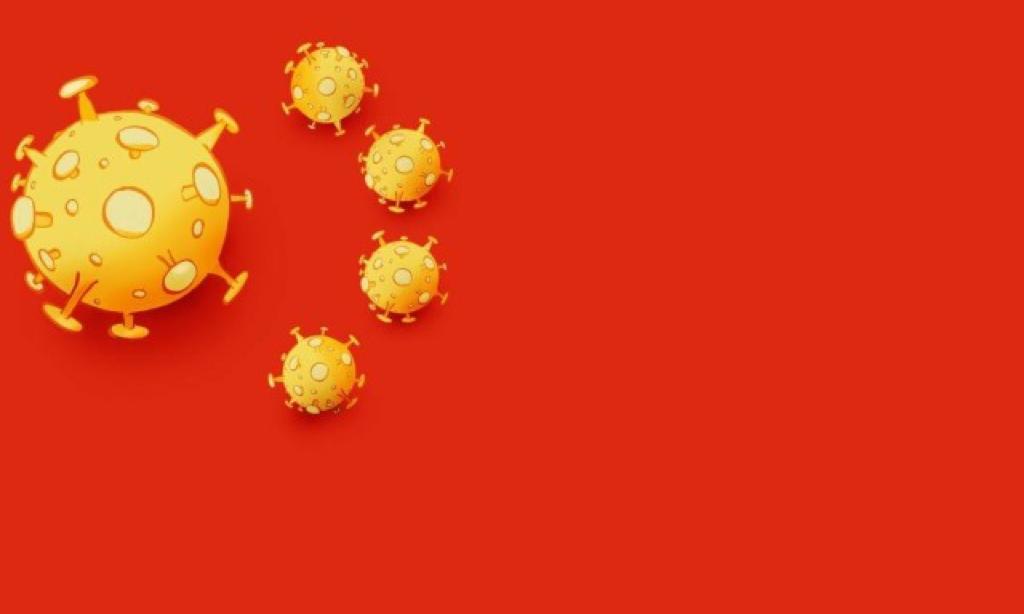There’s a fascinating article in UnHerd by Ashley Rindsberg, author of The Gray Lady Winked: How the New York Times’ Misreporting, Distortions and Fabrications Radically Alter History. He asks why the New York Times was so quick to dismiss the lab leak theory last year and concludes it may have been because of its Chinese interests.
In the opening months of the pandemic, the lab leak hypothesis was actively discredited by the media and scientific establishment, with anyone associated with it smeared as “racist”. The question we have to ask now is how, and why, did this happen?
To a great extent, I believe the answer lies with the world’s most powerful news outlet, the New York Times. At the start of the pandemic, the Times set the news and policy agenda on the lab leak hypothesis, discrediting it and anyone who explored it. The Times did so while taking money from Chinese state-owned propaganda outlets, such as China Daily, and while pursuing long-term investments in China that may have made the paper susceptible to the CCP’s strong-arm propaganda tactics in the first months of the pandemic.
As someone who has spent years researching the history of the Times, I was struck by the paper’s markedly pro-China bent at the start of the pandemic. It opposed Trump’s travel ban to and from China as “isolationist”. It all but ignored the unparalleled success of China’s arch-enemy, Taiwan, in containing the virus. It downplayed China’s economic war against Australia, whose prime minister early on questioned the CCP story on the pandemic’s origins. And it celebrated China’s success in battling COVID-19, taking the CCP’s absurd mortality numbers at face value, reporting in August 2020 that 4,634 Chinese people died from the virus and, six months later, that there were 4,636 total deaths. That in a country of 1.4 billion people only two people died of Covid-19 in the half a year defies logic and common sense. Still, the Times legitimised the CCP numbers by printing them as hard fact.
Of course, over the past year newspapers across the world have fallen for the CCP’s distorted COVID-19 narrative. And there is no evidence to suggest that the CCP did put pressure on the Times. But when it came to the lab leak debate, the Times was relentless. Starting in early 2020, when little was known about the virus – and nothing about its origins – the Times adopted a stridently anti-lab leak stance. In its first report on the topic, a February 17th, 2020 article covering comments made by Sen. Tom Cotton, the Times stigmatised lab leak as a “fringe theory”. Once the story was published, its reporter took to Twitter to describe it as “the kind of conspiracy once reserved for the tinfoil hatters”.
Only one week prior, another outlet made strikingly similar claims. In an editorial, the CCP-owned China Daily thundered that Cotton’s decision to spread “malicious rumours” shows “how irresponsible some are in their haste to attack China”. The Times, echoing China Daily, also cast the lab leak hypothesis as a “rumour”.
Over the months, the Times’s coverage grew even more strident – and more in line with Chinese propaganda. In February 2020, it gave a platform to zoologist Peter Daszak, publishing an opinion piece by him which claimed that the pandemic was caused by “road-building, deforestation, land clearing and agricultural development”. Daszak argued that “discovering and sequencing” viruses like COVID-19 in labs like the one in Wuhan should be a priority.
The Times, which used Daszak as a key source in over a dozen articles, has never mentioned that Daszak’s organisation funded the Wuhan lab, in particular research into bats and coronaviruses, a flagrant conflict of interest. Crucially, there was no mention of this when a reporter interviewed Daszak this February, following his return from a heavily criticised WHO investigation into the virus’s origins. (Danszak later recused himself from the investigation because of the conflict of interest.)
But the Times also never revealed that Daszak was a favoured source for another outlet: China Daily. The state-owned media organisation, along with Xinhua and sister outlet Global Times, repeatedly quoted Daszak to assure readers of China’s full cooperation in the search for the virus’s origins — and to discredit the possibility of a lab leak.
Worth reading in full.












To join in with the discussion please make a donation to The Daily Sceptic.
Profanity and abuse will be removed and may lead to a permanent ban.